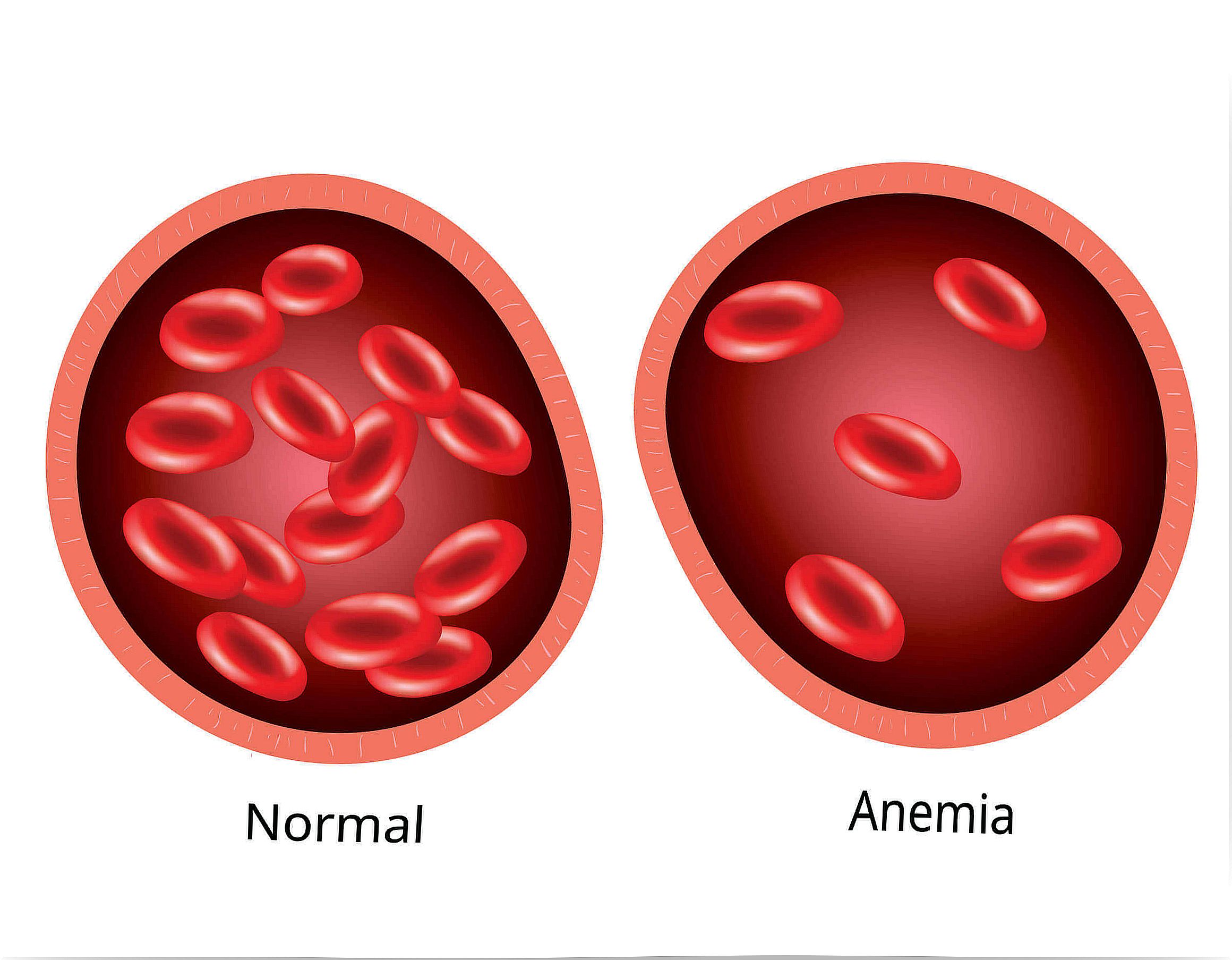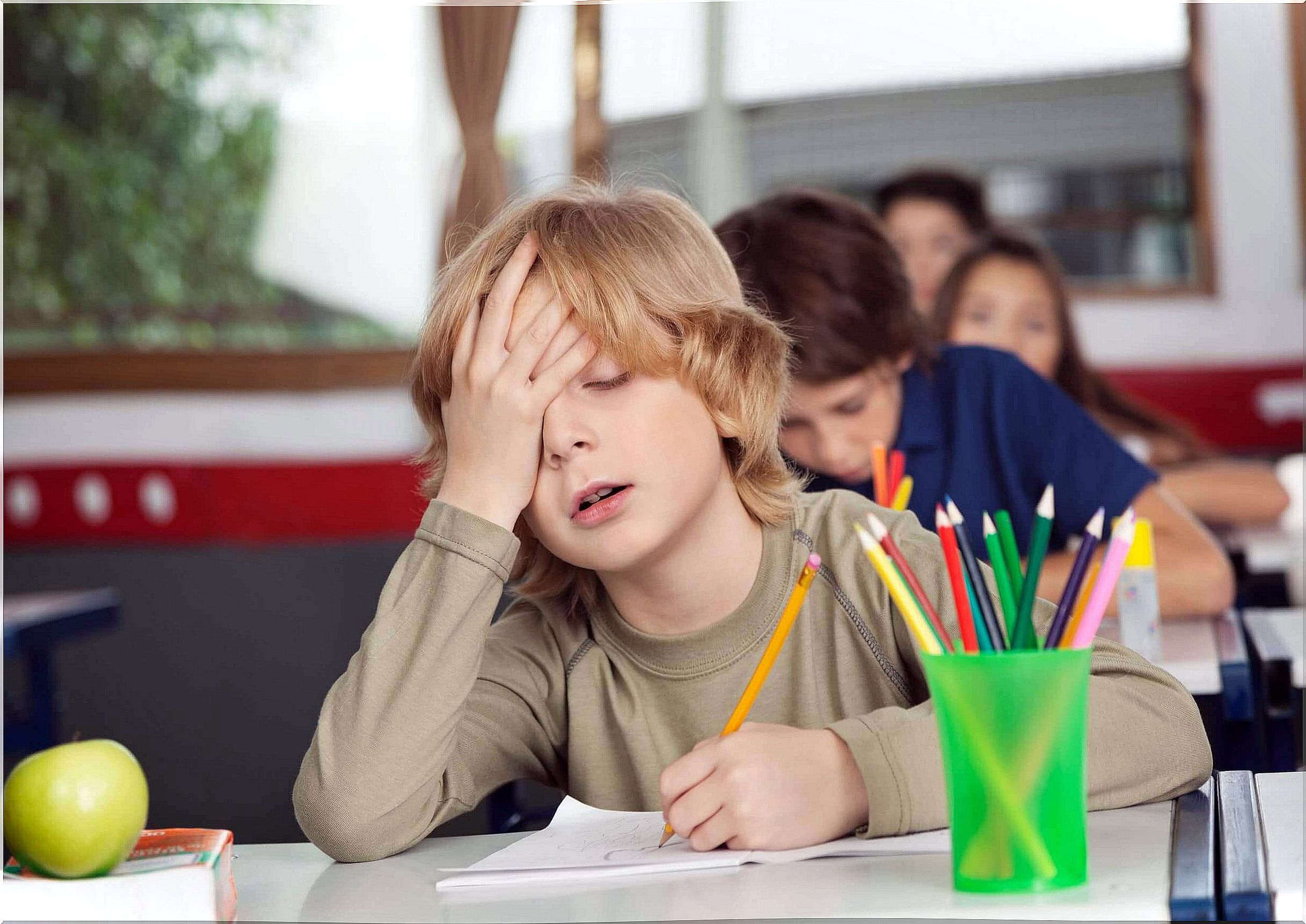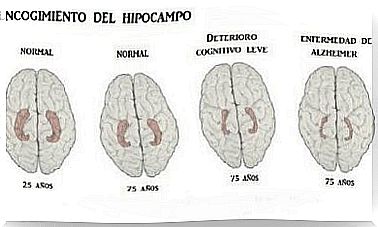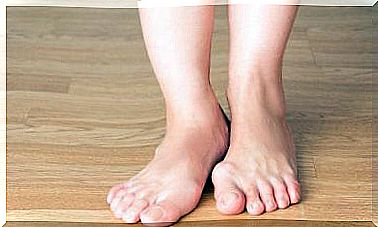Anemia In Children: 7 Warning Signs

Anemia in children is considered one of the diseases of greatest interest in public health, due to the serious consequences it can have on child development. It affects almost 50% of preschool-age children between 6 and 24 months of age.
There are many studies that have been carried out in search of the main cause of this change and the most advisable tools to fight it. Keep reading to learn more!
What is anemia?

Anemia is a drop in hemoglobin levels in the blood. This is the one in charge of transporting the oxygen inside the red blood cells. Therefore, a drop in hemoglobin levels leads to a drop in oxygen supply to the organs.
There are some exceptional situations, such as pregnancy, for example, in which it is considered normal for hemoglobin levels to fall below the limit range determined in laboratories.
But whenever there are data that indicate the development of a possible anemia, it is necessary to consult a specialist physician for the interpretation of all these values.
Types of Anemia in Children
According to the cause of anemia, it is possible to classify it into different types:
- Less red blood cell production. The bone marrow is responsible for producing them and, for this, it needs iron, folates and vitamin E.
- Destruction of red blood cells. The medical term is hemolysis , and it consists of an elimination of red blood cells faster than normal.
- Loss of iron. It is often frequent in cases of hemorrhage or due to insufficient consumption of iron in the diet.
Symptoms that indicate anemia in children
1. Tiredness or fatigue
The medical term for this symptom is asthenia. Given the presence of the same, it is advisable to look for a specialist in pediatrics who will assess, through the necessary physical examinations, the possible cause.
Fatigue or tiredness is difficult to define, even more so in a child. Therefore, it must always be considered that it must be an extreme symptom. In the child,
2. Irritability
This symptom usually accompanies tiredness and, like the latter, it is very difficult to identify correctly. Many children have tantrums or irritability due to this state or for different causes.
3. Anorexia in anemia in children
It is recommended to follow the evolution and check the time
4. Pagophagy or Pica
It is a rather strange symptom, but it can appear in the presence of anemia in children. Consists of ingesting non-food products.
This change in behavior must be well monitored by parents or guardians, who need to urgently request an appointment with the doctor, especially for possible poisoning that may occur from this.
5. Pallor or jaundice of the skin or mucous membranes

A change in skin color indicates a drop in the number of red blood cells in the blood. If these changes occur sporadically and your recovery is quick, it is usually associated with acute symptoms that resolve. But if they persist for several days, it is advisable to visit your pediatrician for an evaluation.
6. Tachycardia in anemia in children
A high heart rate or the feeling of palpitations are frequent signs of possible anemia in children. This symptomatology usually presents itself in children with dizziness, possible chest pain or difficulty breathing.
When this condition occurs frequently in a child, a pediatrician should be consulted for a correct assessment, as it may also be due to other types of problems.
7. Hair loss or weak nails
One of the symptoms that appear in anemia in children is weakened nails and hair loss. Depending on the child’s age, the latter can be more difficult to identify due to the presence of very fine hair.
The case of anemia in children
Finally, there are many symptoms that can appear in a case of anemia in children. We must be careful to detect any problems in time and avoid possible complications. If there is any doubt, the pediatrician will always be available to consult you.









